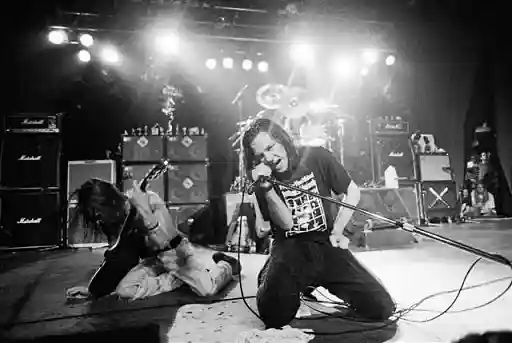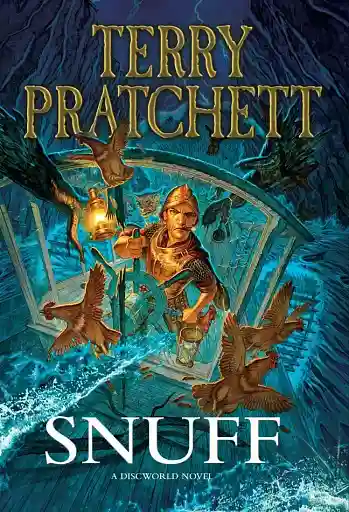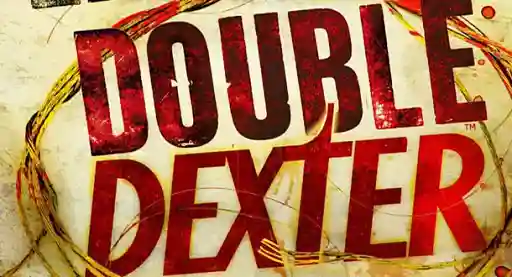Bookshots: Pumping new life into the corpse of the book review
Title:
The Double
Who wrote it?
George Pelecanos, an American crime novelist who often focuses on Washington, D.C., and a writer/producer for The Wire and Treme.
Plot in a Box:
A murder and a stolen painting bring Spero Lucas face-to-face with a small ring of criminals—and himself.
Invent a new title for this book
You Know What I’ve Done
Read this if you liked:
The Hunter and other novels by Donald E. Westlake.
Meet the book’s lead:
Lucas, a former marine and adept private investigator, is fiercely loyal and determined. He pursues his cases and passions without compromise.
Said lead would be portrayed in a movie by:
A young Viggo Mortensen, not so much for his physical characteristics as for his intensity, physical capability, and palpable confidence.
Setting: Would you want to live there?
This novel includes thieves, rapists, and murderers, which are not neighbors I find appealing. I’ve never wanted to live in or near Washington, D.C., and a crime novel just is not the right medium to change my mind.
What was your favorite sentence?
Pelecanos' use of short, direct sentences makes choosing one sentence impossible, since the power of the writing comes from the whole, rather than the part.
The Verdict:
One the whole, The Double is an interesting and engaging crime drama, and many readers will enjoy the straightforward nature of the narrative. This lack of pretense is supported by Pelecanos’ embrace of efficient declarative sentences, as well as objective precision. For example, Lucas doesn’t drink beer, he drinks Stella; he doesn’t ride a bike, he rides a Greg LeMond; he doesn’t listen to rock or indie music, he listens to Lucero, My Morning Jacket, DBT, The Hold Steady, Dinosaur Jr., and Sonic Youth. Some readers may interpret this as smug or even pretentious, but others will appreciate its definitiveness. Pelecanos leaves this interpretation to the reader.
In contrast to this precision, Pelecanos is often vague when discussing the race of his characters and the role that it plays in the story. Lucas, adopted by Greek American parents as a child, has two adopted African American brothers and one sister who is a biological child of his parents, yet his own race is never stated. It is only by piecing together opaque references and seeing how individual characters are treated throughout the novel that the reader is able to discern his ethnicity. Because of his childhood and this ambiguity, Lucas moves freely among situations and between individuals in ways that others would not be able to. Although the race of the characters is rarely overt in the writing, the implications of race are present throughout the novel, and the resulting racial subtext is fascinating and compelling, even if only apparent for the astute reader.
The novel’s treatment of women is not as nuanced, and it lacks strong, multi-dimensional female characters. For the most part, women exist in The Double for the sole purpose of being used sexually and financially by the novel’s male characters. The most complex female character initiates an affair with Lucas, which revolves exclusively around sexual gratification. In this affair, the gender motivations are inverted: Lucas is open to more than a physical relationship, but she is not. Despite this, the relationship serves only to add depth to Lucas' character, and the stronger motivations of this partner and what she does outside the bedroom are never explored. With this in mind, it seems unlikely that The Double will resonate with female audiences the way that it will with male audiences.
Overall, the novel is a solid and engaging crime drama which excels when it explores racial tensions. The Double will provide fans of the genre an enjoyable read.

About the author
Teeney Hood is an avid reader living in Los Angeles. She works with at-risk high school girls and is an associate programmer with the American Film Institute Film Festival.







